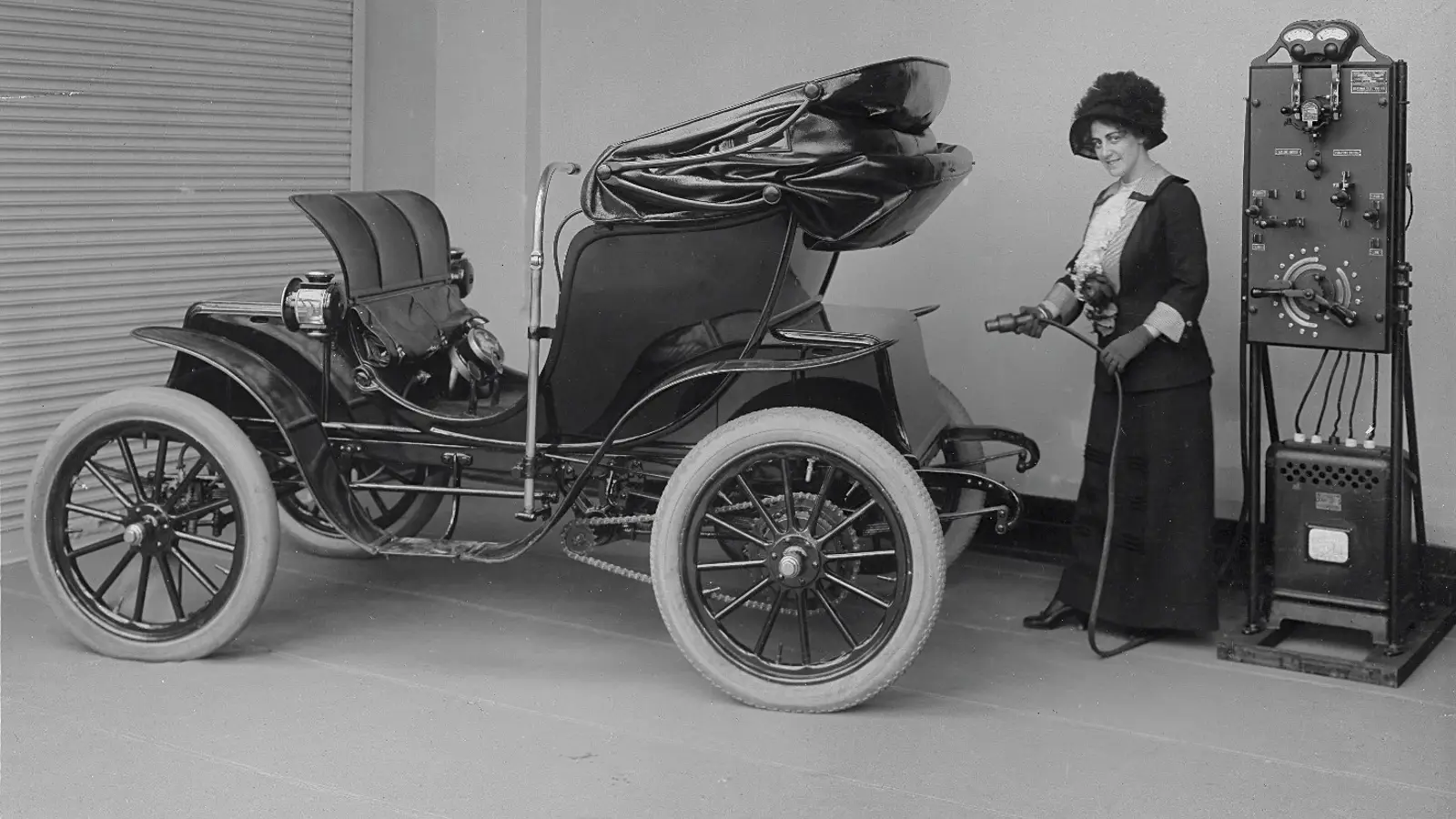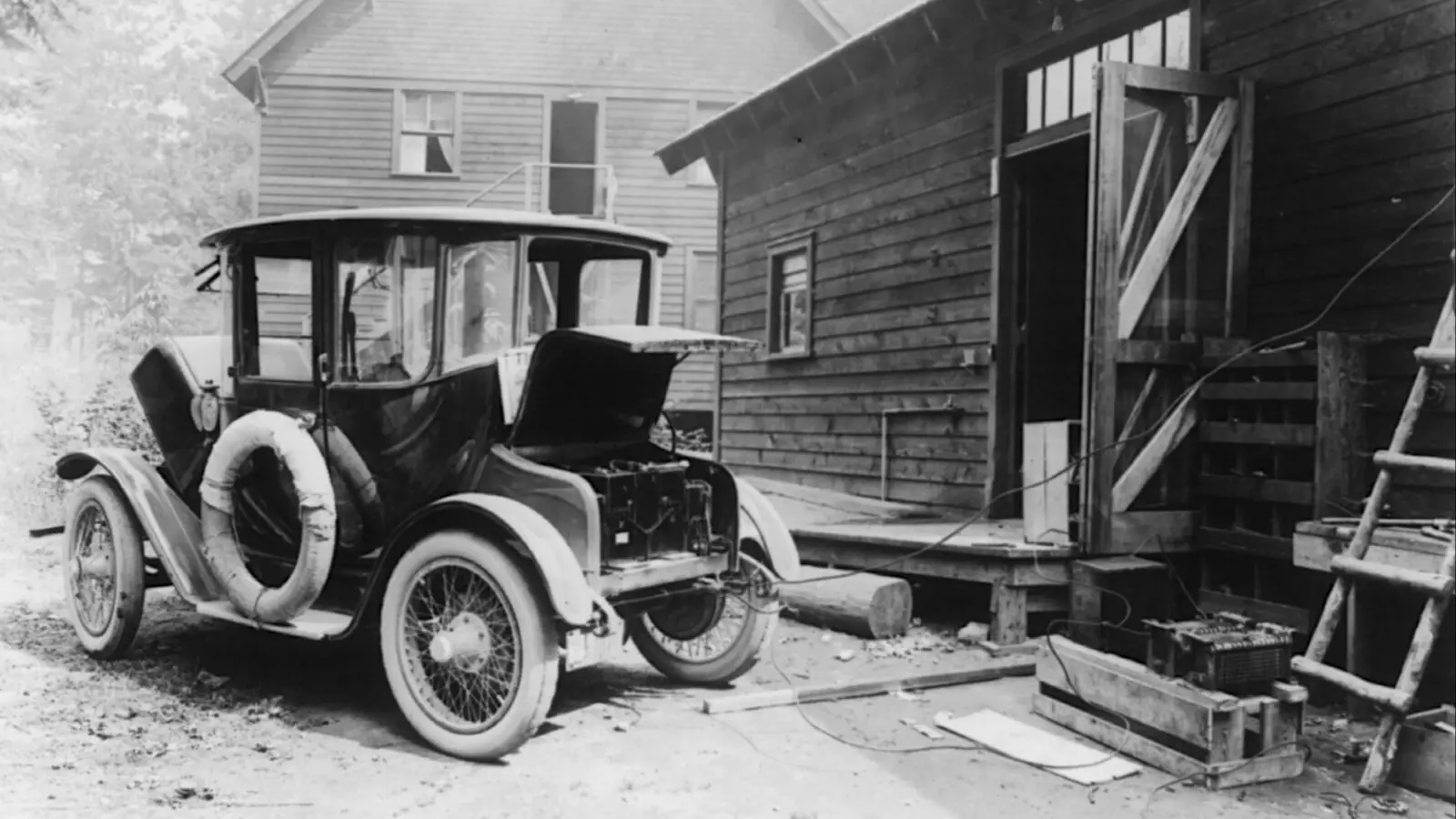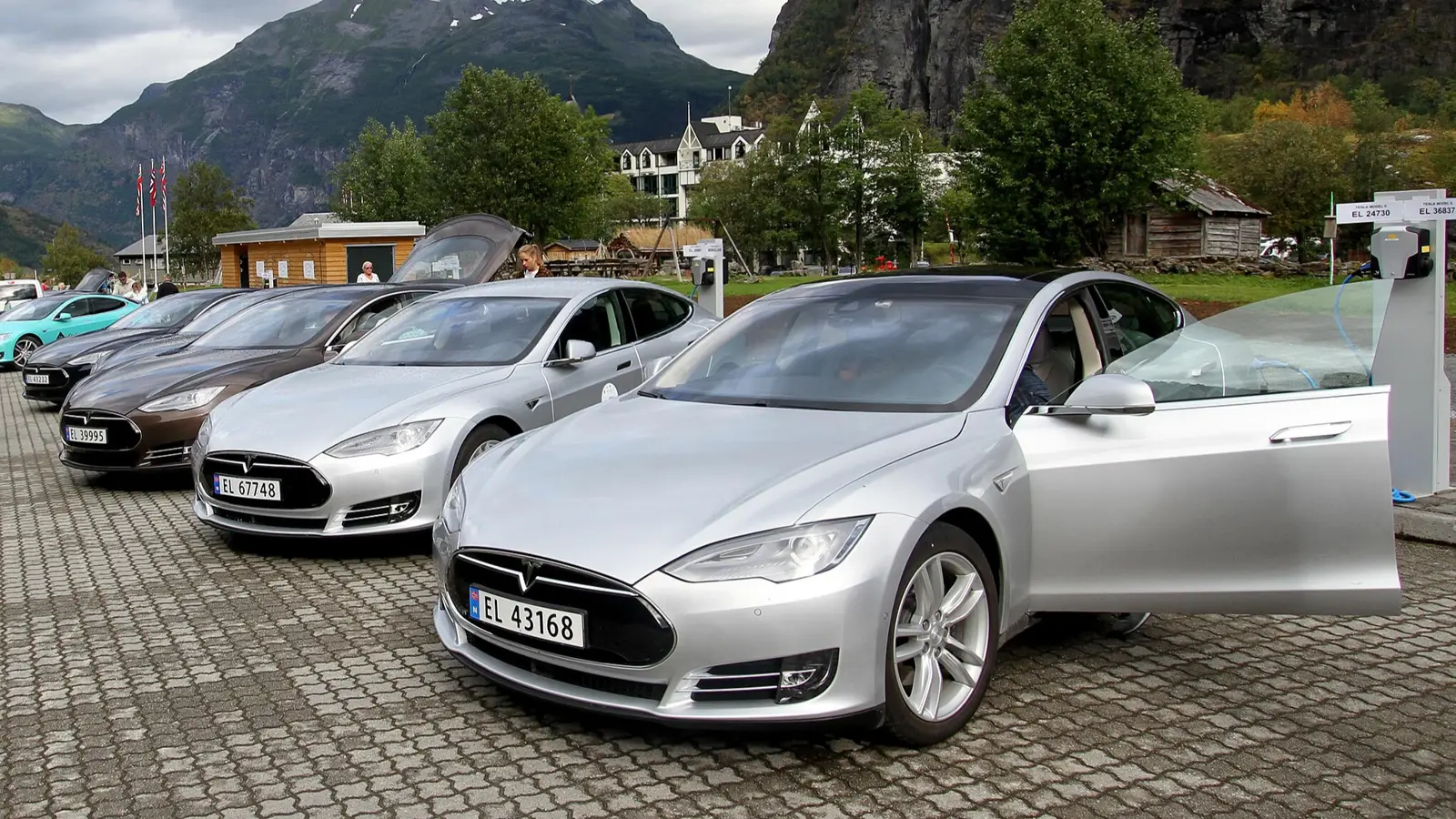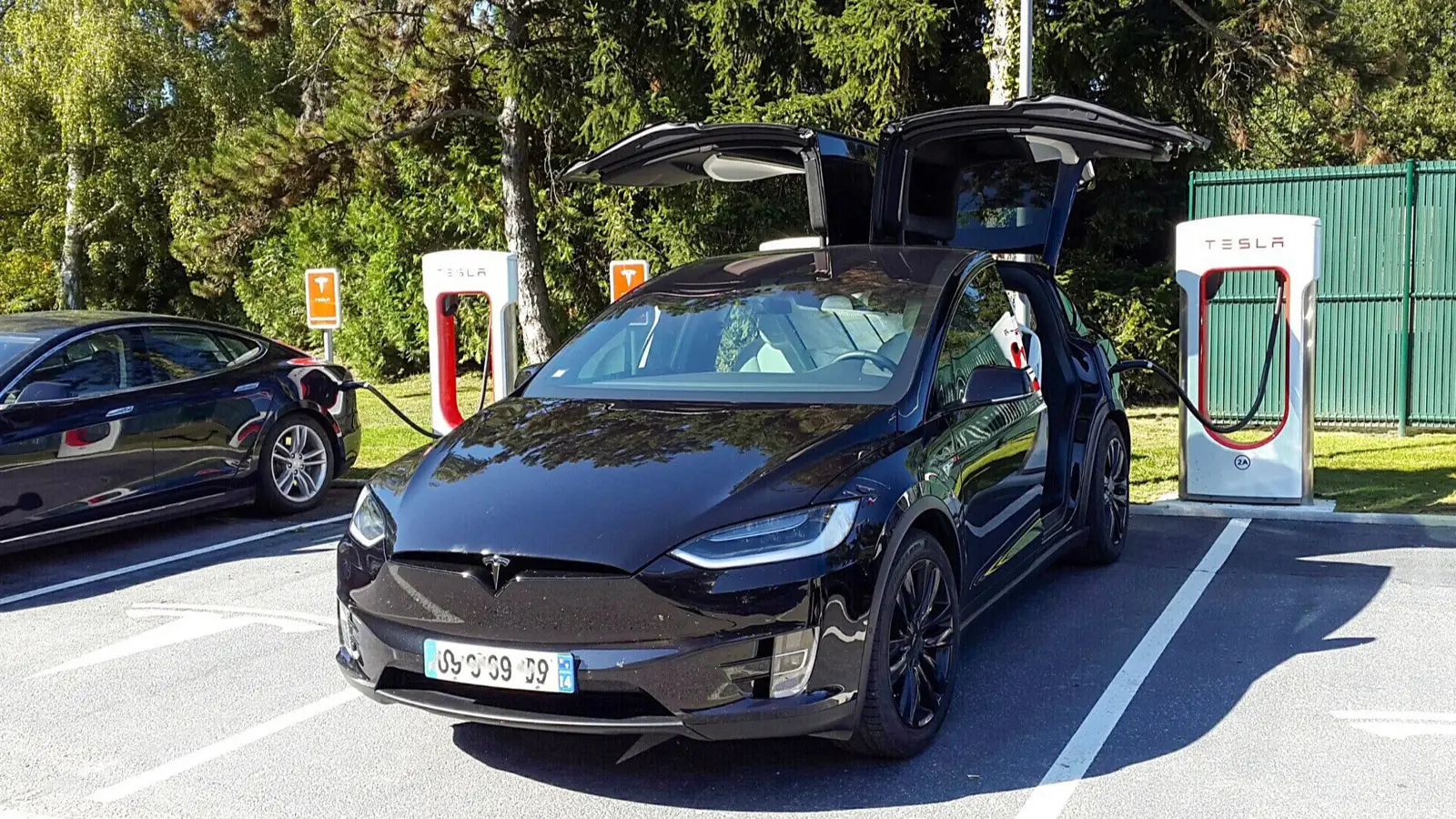Articles
The Evolution of Electric Vehicles: From 19th-Century Prototypes to a Global Phenomenon
Explore the fascinating history of electric vehicles, from early 19th-century experiments to the modern EV revolution. Learn how technology and innovation shaped the future of transportation.
Just a few decades ago, electric cars seemed like an exotic concept—a niche solution for enthusiasts dreaming of greener transportation. Today, they are an integral part of the automotive industry, symbolizing technological progress and laying the foundation for a carbon-free future. But the road to this point has been long, winding, and full of surprises. Let's explore how the idea of the electric car was born, how it evolved, and what the future holds.
The Birth of an Idea: Early Experiments (1820s–1880s)
The first experiments with electric propulsion began in the early 19th century, when scientists were just starting to understand electricity but were already considering its practical applications.
Hungarian physicist Ányos Jedlik built one of the first electric motors in 1828, using it to power a miniature vehicle. Shortly afterward, American Thomas Davenport created a working model of an electric car in 1834. However, these early efforts were more laboratory experiments than real transportation solutions.
Real progress began in 1835 when Dutch inventors Sibrandus Stratingh and Christopher Becker built a small electric cart powered by disposable galvanic cells. Three years later, Scottish engineer Robert Davidson introduced an electric locomotive that, while slow (4 mph), demonstrated the potential of electric propulsion.
The true transition from theory to practical use happened in the 1880s. In 1881, French inventor Gustave Trouvé showcased an electric tricycle, considered one of the first real electric vehicles. By 1884, British engineer Thomas Parker had built a fully functional electric car, and in 1888, German inventor Andreas Flocken introduced the Flocken Elektrowagen, the first four-wheeled electric automobile.
Rapid Growth and the First Golden Age (1890s–1910s)

The late 19th century marked the golden age of electric cars. They became increasingly common in cities across Europe and the United States. Several factors contributed to their popularity: they didn’t require manual cranking, didn’t emit smoke, and were much quieter than their steam or gasoline counterparts—making them ideal for urban travel.
American companies began mass-producing electric cars for the general public. One of the most notable examples was the Electrobat, developed in 1894. London introduced its first fleet of electric taxis, while in the U.S., wealthy urban residents preferred electric cars for their convenience and reliability over gasoline-powered competitors.
However, even during this boom, electric vehicles had significant drawbacks: limited range, long charging times, and high costs. As long as cities provided charging infrastructure, EVs remained viable, but a powerful competitor was on the horizon.
The Decline of Electric Cars (1920s–1960s)

The rise of gasoline-powered vehicles and the expansion of the oil industry led to the gradual decline of electric transportation. Henry Ford's introduction of mass-production with the Model T made gasoline cars affordable for the middle class. These cars were more powerful, cheaper, and had a much longer range than their electric counterparts.
As a result, electric cars were gradually pushed out of the mainstream market. They survived in specialized applications, such as industrial transport and urban utility vehicles, but their widespread popularity faded.
A Second Chance: Environmental Concerns and Technological Advances (1970s–1990s)

Interest in electric cars resurged in the 1970s during the global oil crises. Rising fuel prices forced governments and automakers to explore alternative energy sources. This period saw the first developments in hybrid vehicles and battery improvements.
A major breakthrough came in the late 1990s when Toyota released the Prius, the first mass-produced hybrid car. While not purely electric, the Prius demonstrated the viability of electrified transportation and proved that the mass market was ready for change.
The Modern Boom (2000s–Present Day)

The current electric vehicle revolution began in the 2000s when a new wave of manufacturers emerged, determined to disrupt the automotive industry. The most influential player in this movement was Tesla, which started producing high-performance, long-range electric cars in 2008.
Lithium-ion battery technology made EVs more practical, extending their range and reducing charging times. Governments worldwide introduced subsidies and incentives to encourage EV adoption, while infrastructure for charging stations expanded rapidly.
Today, major automakers are investing billions into electric vehicle development. Companies like Volkswagen, General Motors, Nissan, and BYD are producing models that cater to a wide range of consumers—from budget-friendly options to high-end luxury vehicles. Electric cars are no longer the exception; they are becoming the norm.
The Future: What Lies Ahead?
There is no doubt that electric vehicles have solidified their place in the global automotive industry. The question is no longer whether they will survive, but how quickly they will replace gasoline-powered cars entirely.
Advancements in battery technology, the expansion of charging infrastructure, and new government policies are accelerating this transition. In 20 to 30 years, internal combustion engine cars may be relics of the past, found only in museums. One thing is certain: electric transportation is here to stay.
2025, Feb 18 13:39



